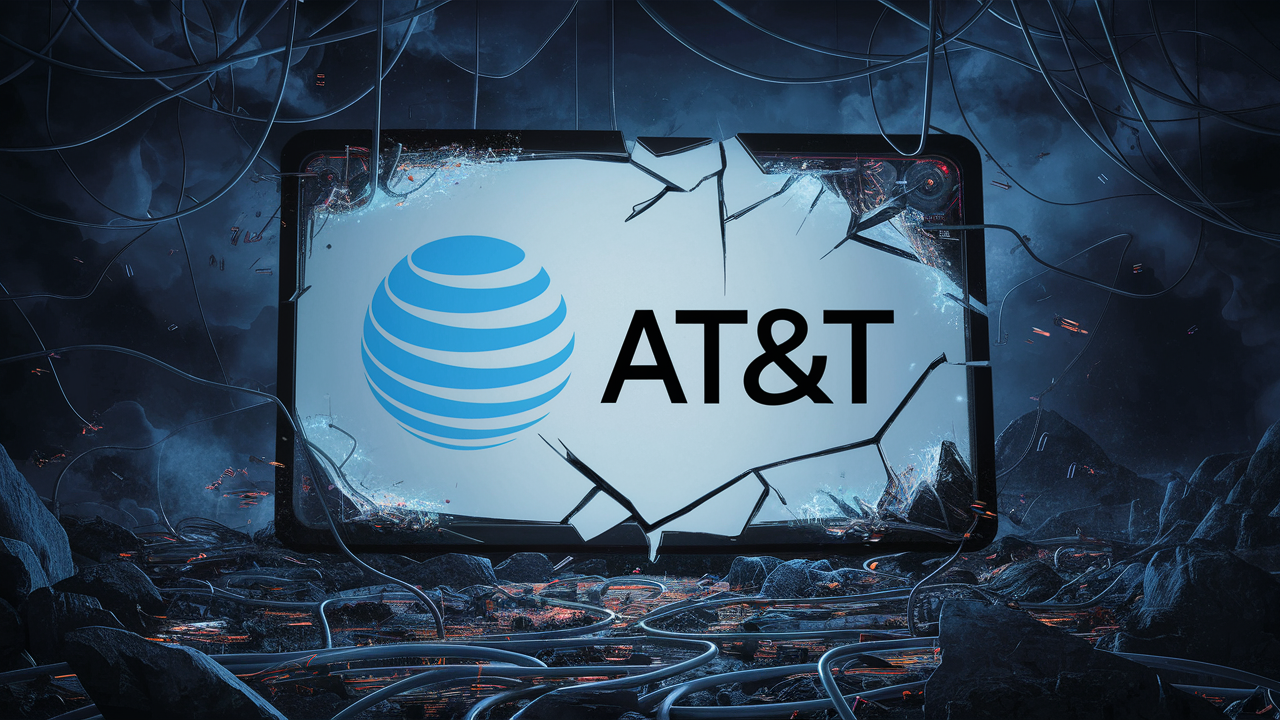What happened to AT&T streaming?

Previously known as DirecTV Now, the telecom behemoth AT&T Internet seems to have joined the streaming sector in 2016 and brought along the service AT&T TV Now. Without even the requirement for a satellite dish or cable box, the service gave the capability to see live television on the internet. More precisely, ATT TV Now drew more than 200,000 clients in the first month the service was open. But the service has dropped dramatically recently, and right now the business provides fewer services than it used to. But exactly that is the point this paper aims to address: what exactly happened to AT&T's streaming intentions?
Take a look at the journey of AT&T TV Now from its inception to the present times.
AT&T TV Now was among the first well-known live TV streaming services available on the market when it arrived. AT&T TV Now appealed to cord-cutters weary of paying a lot of money on pay-TV subscriptions by presenting the basic plan of $35 per month including prominent networks such as ESPN, CNN, TNT, and many more.
The subscriber base of the service reached its highest levels in the first quarter of the year 2019 with 1.6 million users. However, later that year in Q3, AT&T lost its TV Now subscribers and user base. This means that by Q3 2020, the service had only 656000 subscribers, a number that is 1 million below the figure for the same period of 2019.
There were several reasons for this sharp decline
Evolving with the market and customer demands, AT&T decided to raise prices by $15 per month in 2019, thus losing its status as a cost-efficient streaming service provider. This caused many a subscriber to be turned off.
Lack of differentiation - Technical issues such as streaming issues and stoppages were rife and inconvenienced the customers.
Lack of Unique Offerings: As AT&T TV Now trailed in live TV services, competition grew with alternative streaming services such Hulu Live, YouTube TV, and Sling TV, among others, and consumers cut on AT&T TV Now to receive better services at a reasonable pricing.
The launch of the AT&T TV service marks a significant rebranding for the behemoth of telecommunication and indicates that it is not running away from ambitious branding ideas in the future.
But AT&T re-launched DIRECTV Now as AT&T TV Now in the summer of 2019 to give this once-promising service another try. It once again changed the service name to AT&T TV twelve months later in February 2020.
It was believed by the company that with the need for redesigning the brand and the interface of the product it will get a new life. Nevertheless, technical problems as well as high costs persisted; subscribers – decreased.
HBO Max Launch: How the Streaming Service is Revolutionizing Television
The AT&T company started the new streaming service known as HBO Max in May 2020. To be precise, the service rolled all the WarnerMedia assets of AT&T under one streaming platform, namely HBO, Turner channels, and Warner Bros. movies, among others.
As Max was equipped with a tremendous volume of content and the $15 per month price tag, industry professionals considered HBO Max as AT&T’s streaming future while AT&T TV was the past. Marketing and investments were dedicated to further expanding HBO Max and all but disregarding AT&T TV.
Stopping AT&T TV offers is a big step, particularly since the company's former revenue model has revolved mostly around such activities.
By the beginning of the year 2021, the firm had already begun to lose members of AT&T TV; so, AT&T decided to close AT&T TV in early 2021 as HBO Max is now the company's main priority. The platform stopped running in December 2021, after the calendar year.
Current AT&T TV users were migrated to the new AT&T TV Premier package a satellite television service beginning at $120 a month. Further, AT&T’s rival service providers were not far behind in pricing: $70 for 10GB and $90 for unlimited data – it is no wonder that many of the remaining subscribers abandoned ship at such prices.
What Went Wrong?
Originally called DirecTV Now, AT&T TV Now and AT&T TV had the opportunity to take the front stage in the streaming market. What then went wrong with the internet service initially so grandiose? Three main causes:
Lack of Strategic Direction – AT&T lost sight of the basic strategic objectives of the firm and placed a disproportionate emphasis on increasing the subscriber base and revenue. The previous increases in prices in 2019 meant that people left in favor of reaching temporary revenues.
Operator’s Neglect of the Customer – Various incidents such as technical problems, streaming disruptions, and an inconvenient layout destroyed the customer experience. Users got frustrated and tired of incongruities.
Harsh competition – Other streaming services such as YouTube TV or Hulu Live had similar channel offerings at cheaper rates while being less problematic in terms of technical glitches.
AT&T has gone too wide with products like DirecTV, U-Verse, DC Universe, and Crunchyroll at the cost of its streaming-focused future in AT&T TV.
The emergence of HBO Max proves that perhaps AT&T’s streaming strategy was not very wrong — or rather, unstrategized. If AT&T had taken a more customer-oriented approach, had a more affordable strategy from the beginning, and instead of spreading their investment across numerous streaming platforms, invested solely in one high-end streaming service, the story of AT&T in streaming could have been quite different.
Upgrade to faster, more reliable AT&T Fiber Internet today! Call us at +1 844-905-5002 and get connected with speeds that keep you ahead.





